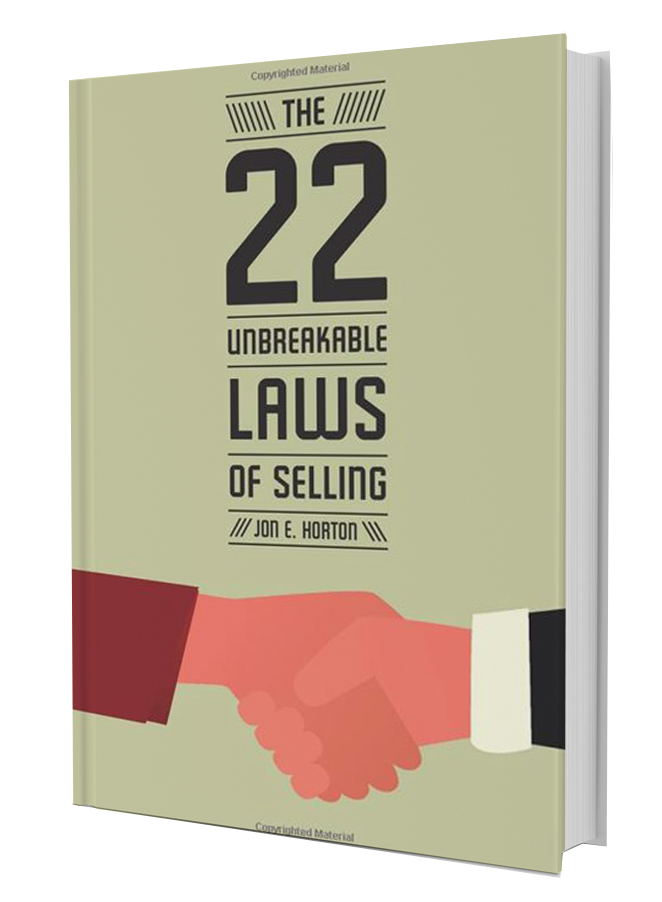All Sales Managers have a system they use to direct and/or control their salespeople, the elements of which vary widely. What all these systems typically have in common is a finite (if arbitrary) number of several activities which every seller is required to perform on a daily/weekly/monthly basis.
For example, account executives are often asked to meet minimum quotas for things like new business appointments and face-to-face presentations. And to verify compliance with these ‘rules’, sellers must complete Call Sheets or Activity Reports.
So, do these “systems” actually work? Although they loathe to question their approach, Sales Managers privately confess a good deal of frustration. They find little correlation between the written reports they review and outstanding sales performance. At some point, they become convinced their sellers have simply become proficient at creative writing. They are no doubt correct.
This disconnect will continue to exist so long as Managers insist on simply mandating efficient selling habits. By contrast, sales consultants (like me) encourage Management to “sell not tell”, to “get the buy-in” from the team. The idea is to persuade sellers to adopt the “system” as their own. How?
Having slogged my way through three years of Law School (please don’t hold that against me), I view this process as similar to the Socratic teaching method popular with legal professors. In theory, Socrates used relentless questioning to elicit the desired response from his pupils. Consider the following sample dialogue between a Sales Manager (M) and a seller (S) who is falling short of budget.
M – “How do you feel about the sales team we have assembled here?”
S – “Good. We have a really good sales team here.”
M – “That’s great, I’m glad you feel that way. So you’re happy to be on this team?”
S – “Yes I am.”
M – “Wonderful. I think we have a good team, too, and I want to be a good manager for the team. Would you be willing to help me with that?”
S – “Well sure, if I can.”
M – “Good, I’m sure you can. What do you think the members of the team expect from me?”
S – “I think they expect you to help them be better salespeople.”
M – “Oh yes, that really makes sense. But let me ask you this – how will I know if they’re getting better?”
S – “Well, if they’re making their budgets, they must be doing a pretty good job.”
M – “I get it – that’s perfect. If a salesperson is making budget, we’re both doing a good job. Right?”
S – “Correct.”
M – “Okay! But wait. What should I do if a team member is not making budget?”
S – “You have to help them.”
M – “Sure, I want to help. But how would you suggest that I help?”
S – “Provide direction. Tell them the steps they need to take to get better.”
M – “That’s it? Just tell them what they need to do?”
S – “Pretty much. And make sure they do what they are supposed to be doing.”
M – “Wow, this is really helpful. Now let me make sure I’ve got this right. When team members don’t make budget, I should give them specific action steps and check to make sure they get done?”
S – “That’s right.”
M – “And that will make me a good sales manager for my team?”
S – “It sure will.”
M – “Wonderful! Thank you so much for your help! Hey, since it was your idea, would it be okay if I started this new approach with you?”
S – “Uh…..sure.”
My dialogue is admittedly simplistic and your conversations with sellers may not go quite as smoothly. But this approach stands a much better chance of getting salespeople involved in your system than simply passing out a list of fixed performance criteria. Give it a try and let me know how it works for you.
By the way, I recognized that the title of this article would probably guarantee readership from lots of non-managers. So, while I have their attention, let me suggest that this same approach serves as an excellent closing technique. Used creatively, sellers can maneuver prospects into closing themselves.
Jon E. Horton is the author of The 22 Unbreakable Laws of Selling available in both paperback and Kindle versions from Amazon.com. For more of his blogs, please visit www.JonEHorton.com. Comments to Jon@JonEHorton.com.
Last updated:
May 31, 2014


